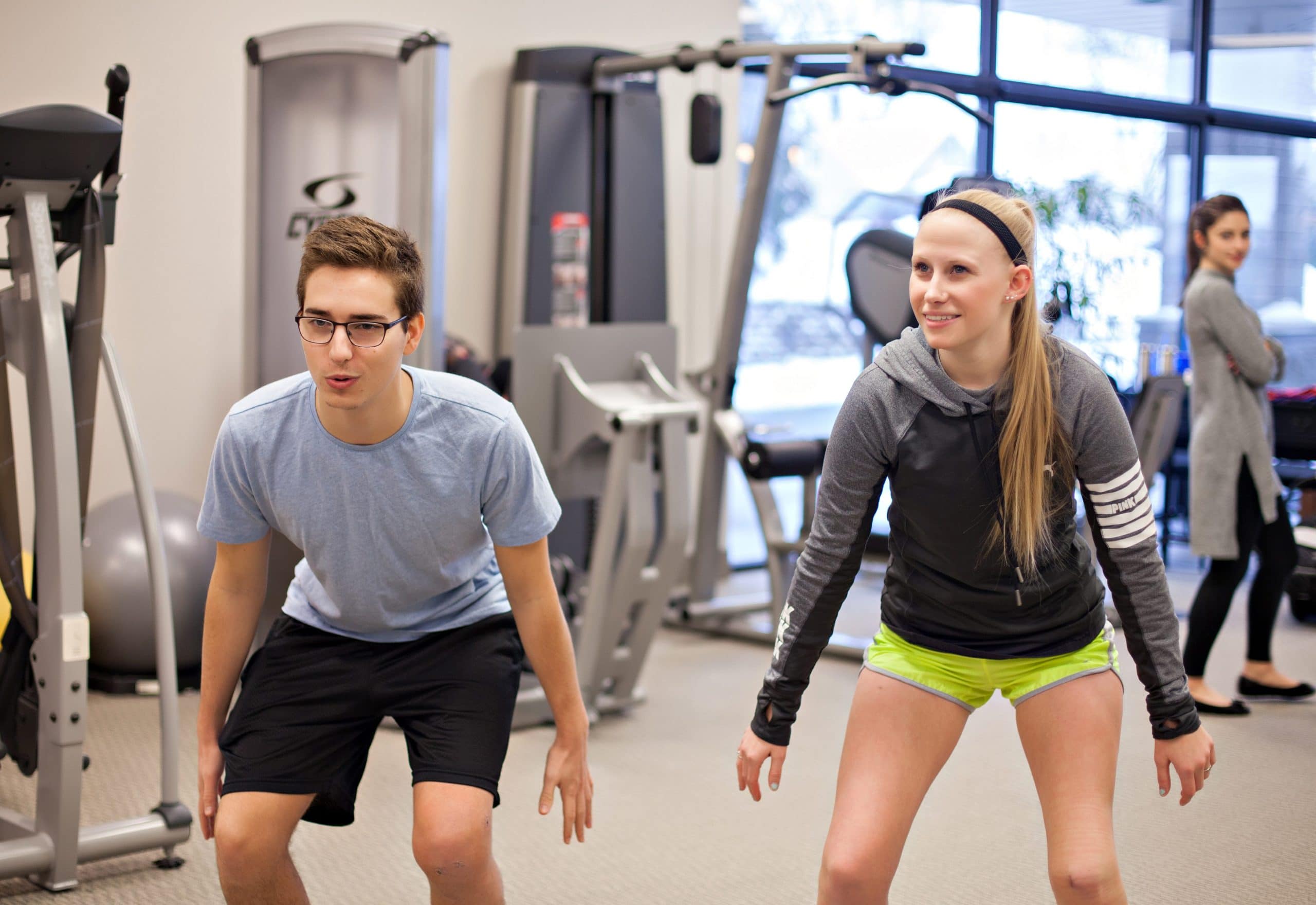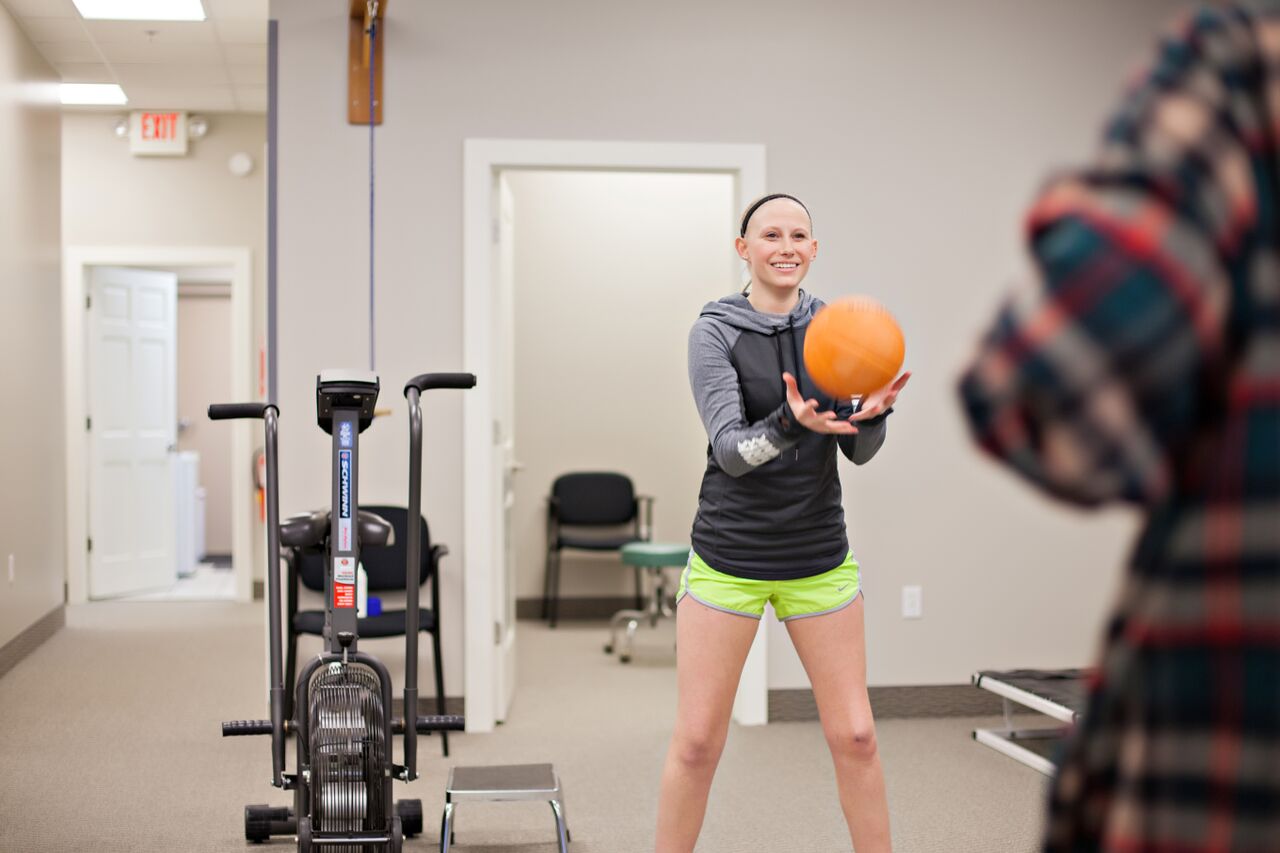Youth Sports Specialization: What's the risk?

When I was a kid, summer meant spending most of the daylight hours riding bikes, swimming, jumping rope, playing impromptu games of wiffleball and generally just “running around” with friends in the neighborhood. Nowadays, it seems like a growing number of adolescents are focusing their time (and not just in the summer) on playing a lot of just one sport.
This phenomenon is referred to as sports specialization, which is defined as engaging in one specific sport for at least three seasons a year at the exclusion of other sports. Early sports specialization occurs in children under the age of 12!
Youth sports involvement has become increasingly common, with nearly 70% of children ages 6-12 participating in a team or individual sport in 2017, and over 22 million of those young athletes participating on a regular, year-round basis. Early involvement in sports provides opportunities to develop gross motor skills such as hand-eye coordination, jumping, throwing, hopping, balancing, and running. While motor skill development and physical activity are both extremely beneficial overall health, sports specialization can increase the risk of injury, burnout, and decrease enjoyment due to excessive training – especially in young athletes. The last thing we want to have is children experiencing burnout before they leave middle school!
Thankfully, there are ways that parents, coaches and healthcare providers can help to reduce the risks of sport specialization. The recommendations from the National Federation of State High School Associations are that youth athletes should not participate:
- In a single sport for more than eight months per year
- In more organized sports per week than their age (i.e., a 16-year-old athlete should not participate in more than 16 hours of organized sport activity per week)
- In multiple leagues of the same sport at the same time
Because the potential for injury increases as the intensity level and training volume increases, it is important to provide rest from the repetitive motions that participating in one sport causes. The idea of adequate recovery does not mean taking a child out of all activity but could include remaining physically active during a break from that particular sport—known as active recovery. Strength and conditioning can be an option when an athlete is considering a rest from their specific sport but wanting to remain active. This can provide an opportunity for injury rehabilitation, injury prevention, and enhancing long-term health
At Hulst Jepsen, there are many specialties and services that our healthcare providers are trained in that can help the young athlete, both from a prevention and rehabilitation standpoint. We want the kids of our communities to stay healthy! Call one of our 15 locations to schedule a free screening today (616) 827-3010.

